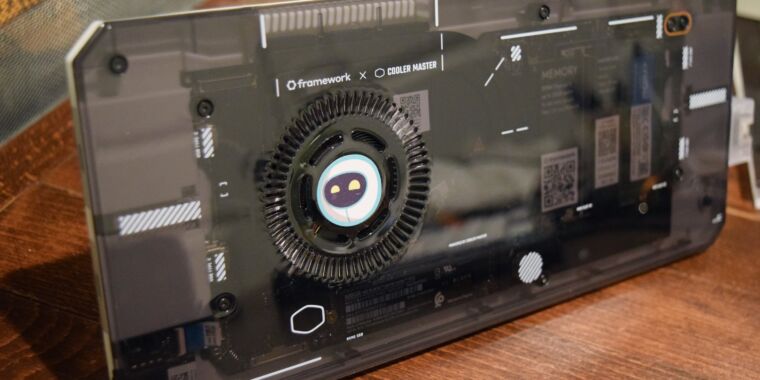- cross-posted to:
- [email protected]
- cross-posted to:
- [email protected]
Like the author, I’m not sure what I’d do with a (underpowered) desktop. I can understand other people using it for a home server, a NAS, or something selfhosted, but that isn’t for me.
A better use (for me) might be donating it somewhere .
Yeah when I upgrade mine in the future I’ll donate it to my parents.
They have some massive old dual core pc. Going to a 13th gen laptop CPU will be an insane upgrade.
They won’t even understand that a small laptop board is an order of magnitude faster than their much larger PC.
I would love to replace the service “Shells” wich Manjaro advertised very often. For school usage I found it very useful but the 1vCPU was pretty unusable and costet way too much. Higher vCPU plans cost even more so no thanks to Shells. But one you host yourself, fuck yeah.
hone theatre pc for the tv?
I don’t watch much media. My kids just stream. 🤷
Proxmox hypervisor?
I wish there was a USBc to PCIE
iirc, you could usw the second nvme slot with an extention for that that. But I’m not sure about the lanes it has. (I don’t own a framework yet, desperately waiting for my Q4 delivery though)
The 13 inch has only 1 m.2 slot
Oh okay thats unfortunate
This is the best summary I could come up with:
Or maybe, like me, they find that system’s middling battery life and tricky-to-tame sleep draining (since improved, but not entirely fixed) make for a laptop that doesn’t feel all that portable.
Or, like me, you could buy a custom-printed Cooler Master case (or 3D-print your own), transfer your laptop’s mainboard, memory, and storage over, and create a desktop that easily fits on top of your actual desk.
I can’t recommend it enough as a small weekend project, as a way to get more value out of your purchase, and as a thought experiment in what kind of job you can give to a thin little slab of Framework.
It was easy to miss the announcement earlier this year that Framework would collaborate with Cooler Master to design and sell a $40 mainboard case.
It has smoked translucent plastic on the front and inoffensive light gray/beige on the back, and it has all the slots necessary for fan intake and exhaust, the Framework’s USB-C expansion modules, and VESA mounts or a tiny rubberized stand.
There’s room in the case to bring over your audio board (i.e., headphone jack) and a Wi-Fi/Bluetooth card, though you’ll have to buy your own SMA antenna cable setup.
I’m a bot and I’m open source!



